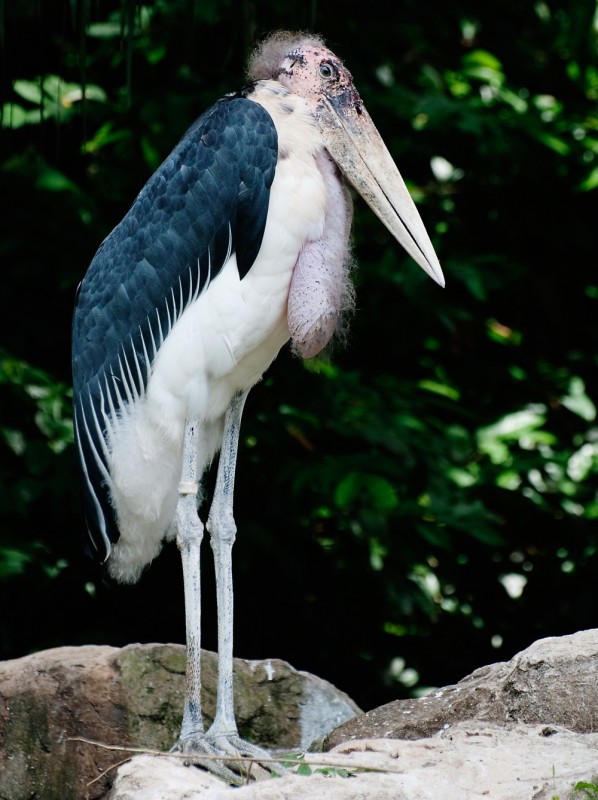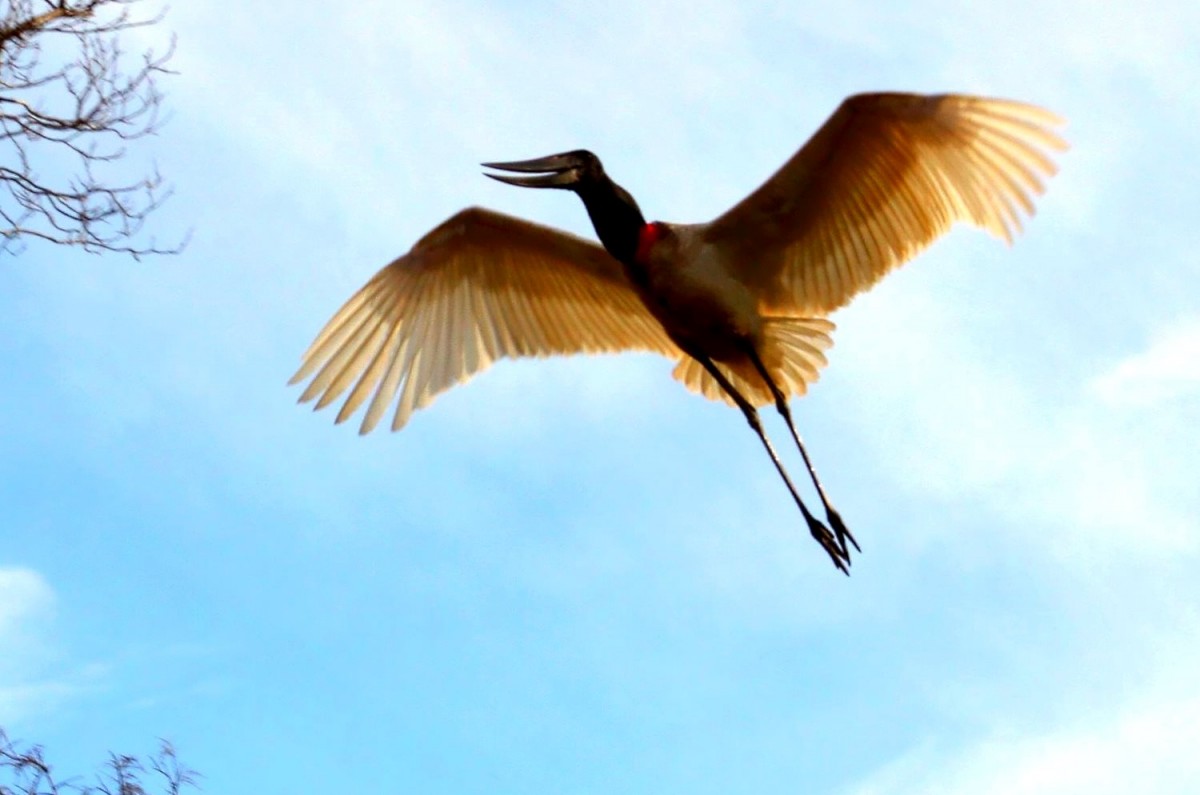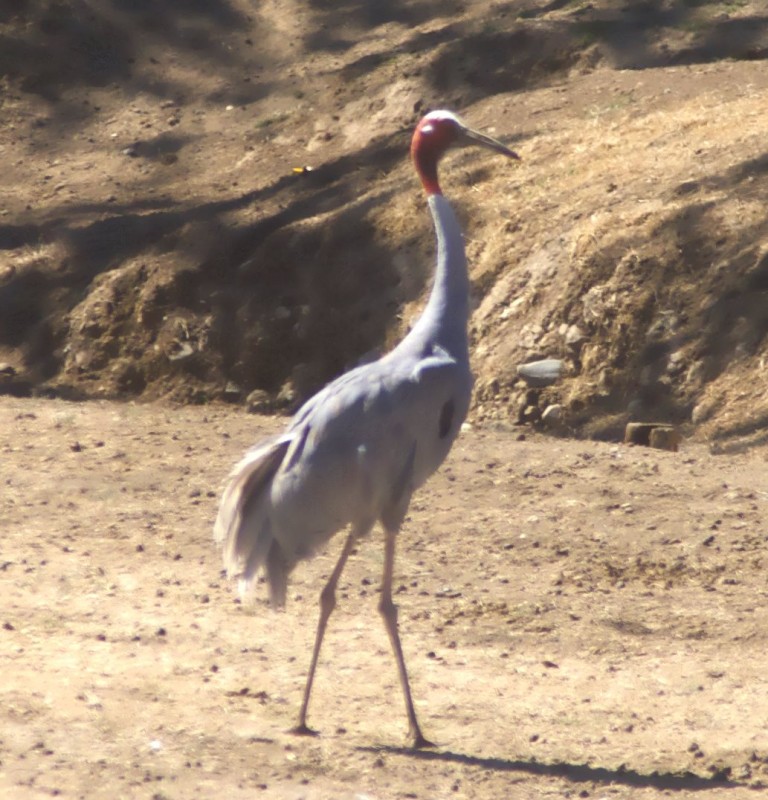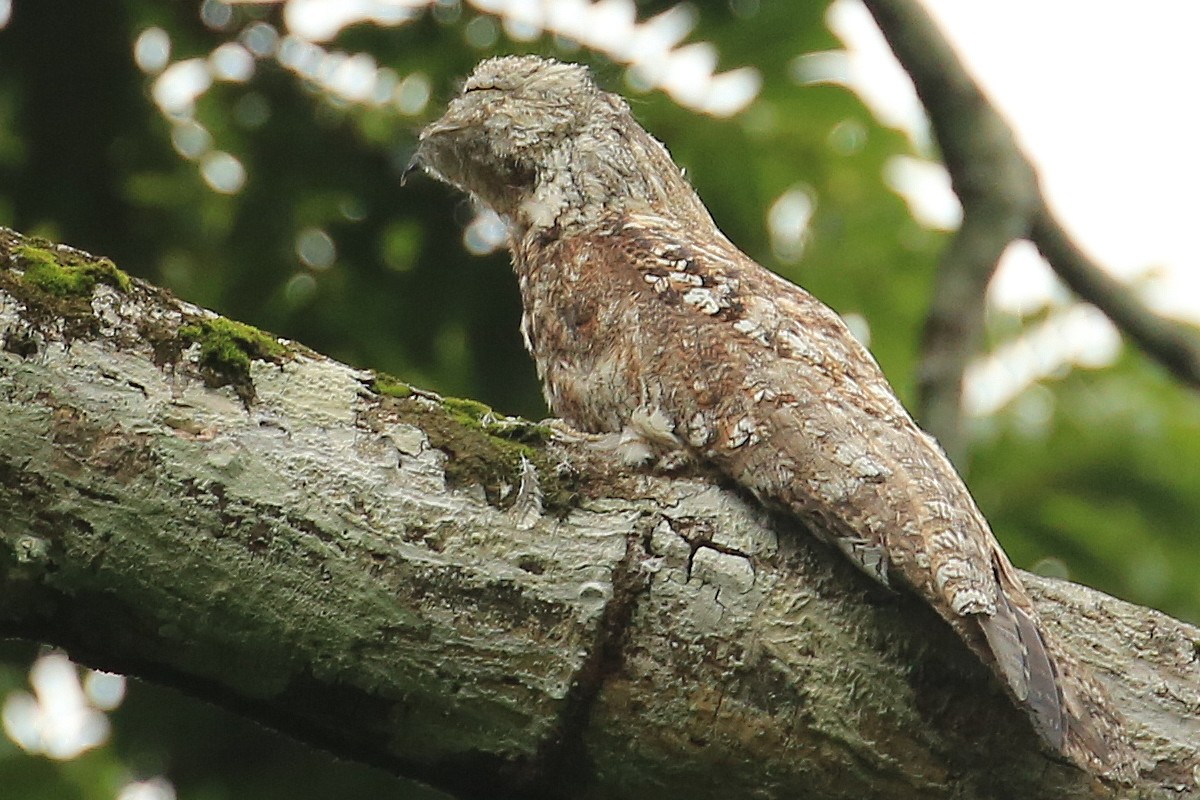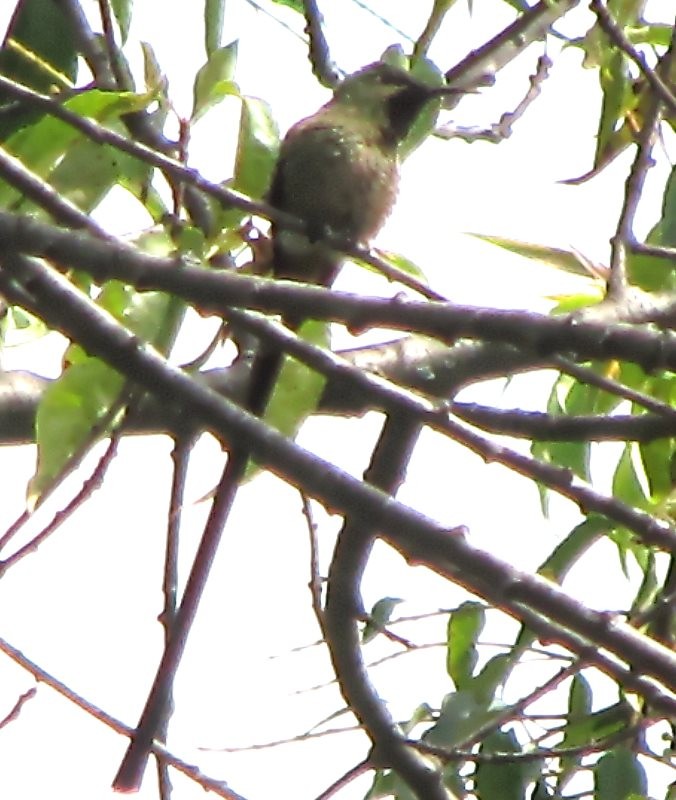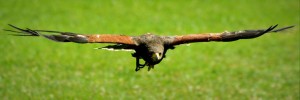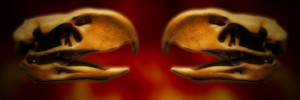Sometimes we learn about people that go beyond the boundary of their dreams and eventually, their dreams come true. However, I don’t want to talk to you about them now, but about other creatures on the planet: birds.
And not just any kinds of birds! You’ll find out which birds are the most interesting in the world.
Many of them we will never get to see live, neither you, nor me. They live elsewhere or are very rare. That does not prevent us from marveling at their existence. So we can often remember that there is more beauty in the world. We just need to want to see it. Maybe you will get out your binoculars and go observe, in nature, any kind of bird you’re lucky to encounter.
On this page:
- 1 The largest bird is not a flying one, but a running one
- 2 The heaviest flying birds
- 3 The largest waterfowl
- 4 The largest birds of prey
- 5 Birds with the largest wingspan
- 6 The tallest birds, judging by the length of their feet
- 7 The longest flying birds
- 8 The largest pigeon
- 9 The largest penguin
- 10 The fastest birds
- 11 The largest night birds of prey
- 12 The largest beak
- 13 The largest parrots
- 14 The largest small birds
The largest bird is not a flying one, but a running one
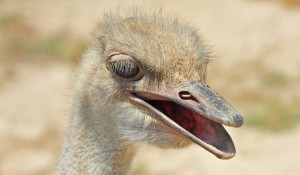
Yes, memories from elementary school are not wrong: the ostrich (Struthio camelus) is the largest bird in the world today.
Ostriches belong to the acarinates order. That means they are running birds, their stern having no careen. And do not fly. (Only in their dreams.)
It usually is about 2 meters, but some males can reach a height of 2.7 meters 1)”Modern Livestock and Poultry Production” by James Gillespie and Frank Flanders, book published by Delmar Cengage Learning in 20092)”Animal Records” by Mark Carwardine, book published by Sterling in 2008. Honestly, it’s all about their necks – kind of like giraffes among birds. But when they don’t stick their heads in the sand, they really are tall.
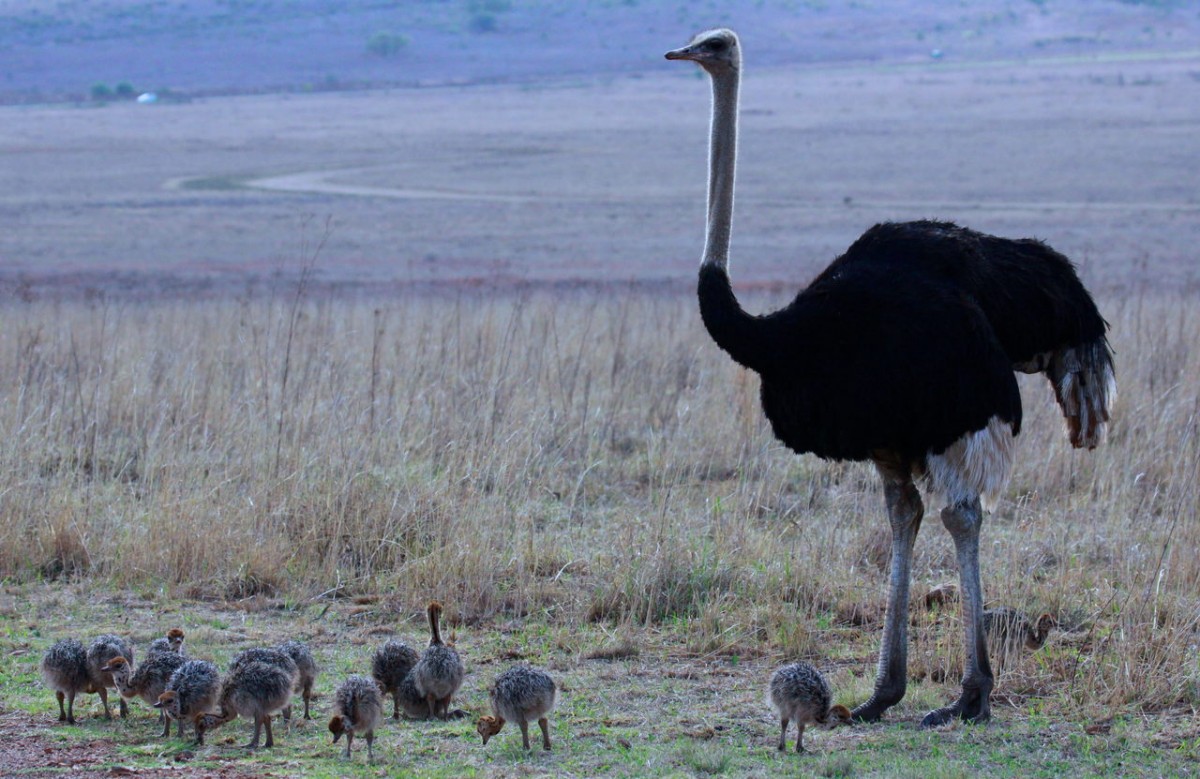
The ostrich is not only tall, but also heavy. Usually weighing between 50 and 125 kilograms; however, some specimens reach 160 kilograms 3)”Modern Livestock and Poultry Production” by James Gillespie and Frank Flanders, book published by Delmar Cengage Learning in 2009. According to some specialists, there were some ostriches that reached 200 kilograms 4)”Anatomical study of the brain of the African ostrich” – study conducted by Kemei Peng, Yueping Feng, Gaoying Zhang, Huazhen Liu, Hui Song in 2008!
You’d think that this weight prevents it from being too agile. Not a chance! When running, it frequently reaches over 70 km/h, in sprints it approaches 100 km/h 5)”Animal Records” by Mark Carwardine, book published by Sterling in 2008 (when a cheetah or a lion runs after you, you run for your life). The trick is the elasticity of their joints. It’s like they have rubber balls in their feet. Thus, managing to perform 3-5 meters in a single step 6)”How ostriches run faster than us” by Victoria Gill, article published by BBB News on October 28, 2010. They’re the fastest runner on two legs!
The ostrich breaks all records in the egg size, too. They’re the largest in the world. Want a casserole? A single egg is a kilogram and a half (3 lb). The length of such an egg is between 15 and 23 centimeters (6 to 9 inches), and the diameter is somewhere between 12 and 15 centimeters (5 to 6 inches) 9)”1001 Questions Answered About Birds” by Allan D. Cruickshank & Helen G. Cruickshank, book published by Dover Publications in 1976. Thumbs up for Ms. Ostrich!
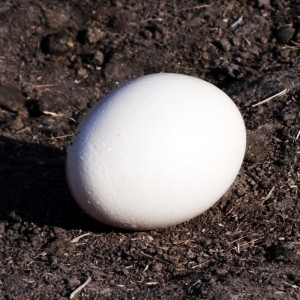
You would say it’s nice having such an egg for breakfast – one you can feed your entire family with. But if you want to boil it, you’ll have to wait a while. It takes 40 minutes for it to be hard-boiled 10)”1001 Questions Answered About Birds” by Allan D. Cruickshank & Helen G. Cruickshank, book published by Dover Publications in 1976. Also, do not imagine that you will break the shell with a spoon! It’s incredibly hard. It can even support 200 kilograms 11)”Ostrich Farms – A Must-see on the Garden Route” by Elisabeth Lyng Nielsen, article published in Cape Chameleon on June 5, 2013, so there’s no chance of breaking it, even by stepping on it. (“Dad, get a sledgehammer! Or a drill!”)
The ostrich originates from Africa, but you can find them in zoos worldwide. Even more, ostrich farms multiply. It looks like a business. But not for its bird skills, as it may seem, but for those of… “beef-like meat”. Its meat being similar to that of beef 12)”Production and Processing of Healthy Meat, Poultry and Fish Products (Advances in Meat Research)” by A.M. Pearson and T.R. Dutson, book published by Springer in 1997. The skin is also valued in a similar way – they even made shields out of it 13)”Ostrich” by Edgar Williams, book published by Reaktion Books in 2013.

The following birds, after weight criteria, are its relatives: cassowary and emu. But these are half ostrich.
If you think that the ostrich is the largest bird that ever existed, you’re wrong. Until not so long ago, it had a relative of about half a ton: Aepyornis maximus – elephant bird. But this was not the only giant bird. Dinornis giganteus reached 3 meters in height. And the list of giant birds goes on.
The heaviest flying birds
Flying birds are usually light. Some even very light. Otherwise, their weight would pull them down.
But some birds appear to have taken this as a challenge. They found a way to get off the ground even with dozens of kilograms hanging on them.
The heaviest flying birds, which have the same weight, are great bustard (Otis tarda) and bustard kori (Ardeotis kori). Males are four times bigger than females. And they even think they are macho. Their usual weight is about 16 kilograms, but there are some that exceed 21 kilos 14)”Animal Records” by Mark Carwardine, book published by Sterling în 200815)”The Lung-Air Sac System of Birds: Development, Structure, and Function” by John Maina, book published by Springer in 2010. Some hunters boast that they’ve caught bustards up to 24 kilos 16)”Zoo and Wild Animal Medicine – Current Therapy: 6” by Murray E. Fowler and R. Eric Miller, book published by Saunders in 2007 (but for hunters, everything seems bigger). However, bustards can be heavy – about a 6 year old child’s weight. And still, they’re flying!
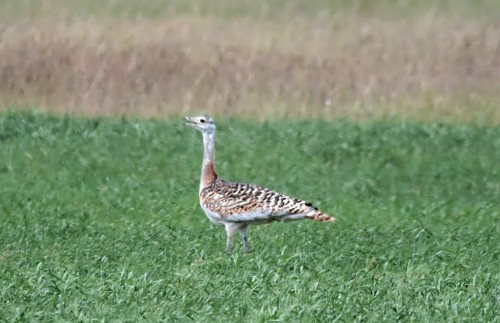
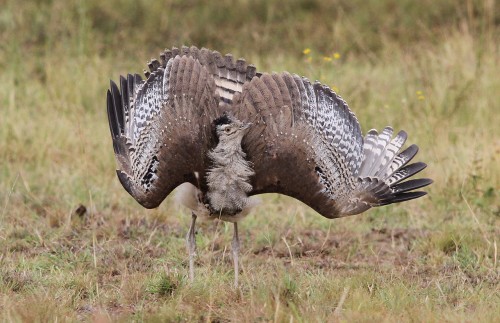
The largest waterfowl
This includes ducks, geese, and swans. They belong to the Anseriformes order.
The largest species on average is the trumpet voice swan (Cygnus buccinator), living in North America. Apparently, it is a swan like all the others. Only it’s really big. Swan voice trumpet is usually between 138 and 158 centimeters in length, but it can reach up to 182 centimeters. Wings exceed 3 meters. It’s not too light – between 7.7 and 12.7 kg, some specimens reaching 17.3 kg.
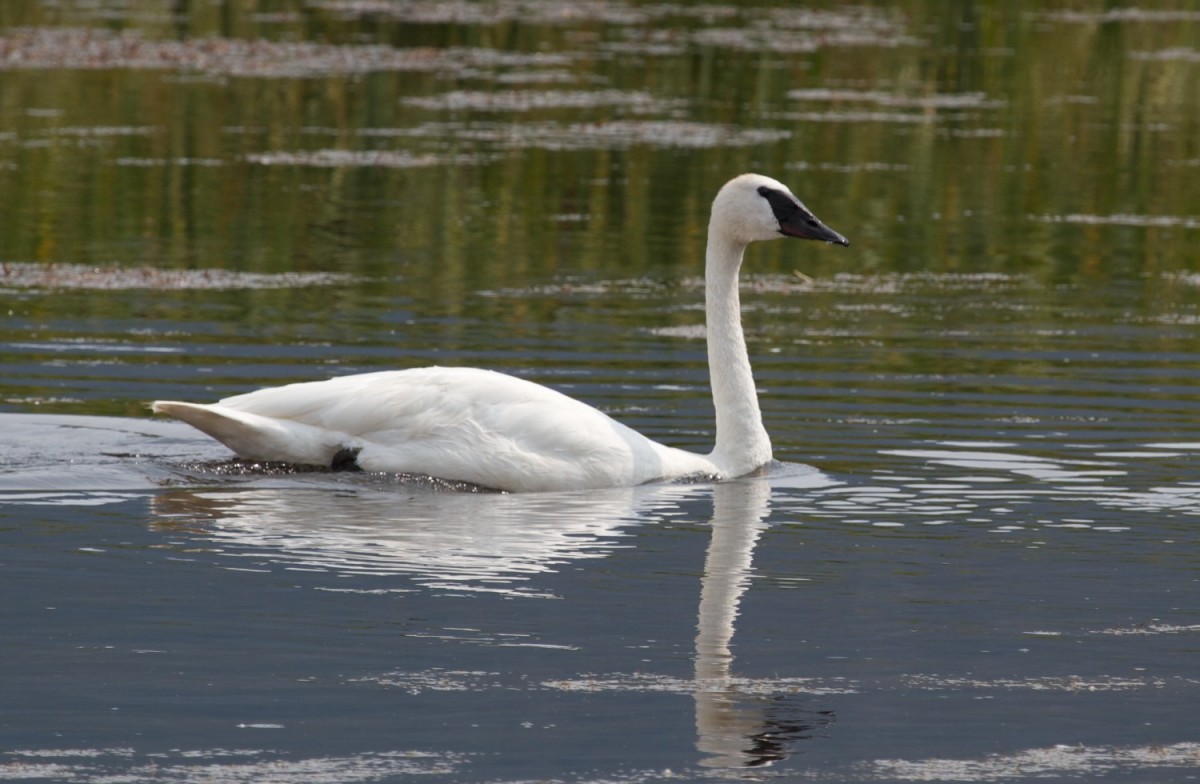
In Poland, there existed a mute swan (Cygnus olor), which reached 23 kilograms – twice the largest specimens of this species. It gained so much weight that it could no longer take to the skies. (Sounds like a fable, isn’t it?)
The largest birds of prey
They are big. They are strong. They are relentless. They are birds of prey.
But which bird of prey is bigger?! With this question not even the experts agree with one another.
The problem is that the specimens of the same species can vary widely in size. An average size can be estimated, but that depends on the math of the data the specialist collected (and eventually interests). Or a comparison can be made taking into account the maximum size that members of the species can reach. But you may find a specimen which, unexpectedly, is greater than the “maximum” known. Males and females typically have different characteristics, so one must take into account the average or the bigger “half”. And then, it also depends on what measuring scale you are referring to: length (neck stretched or relaxed), wingspan, weight (empty stomach or gorged), hardships, etc. It’s complicated.
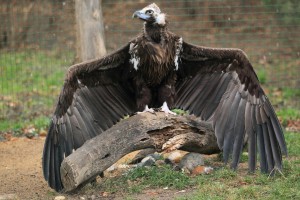
In short, the largest predatory birds are vultures. Seen as a whole, the biggest would be the black bald eagle: up to 14 kilograms (doesn’t seem like much, but it has to fly with that weight), length up to 1.2 meters and a wingspan that can exceed 3 meters 17)”Vultures: Their Evolution, Ecology and Conservation” by Michael O’Neal Campbell, book published by CRC Press in 2015. Practically equal is Himalayan vulture, only that it can lay its long neck, reaching 1.5 meters.
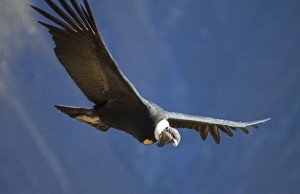
Let’s not forget the famous andean condors, that have wings up to 3.2 meters – at least if you stretch them, as shown in the largest measurement 18)”Raptors of the World” by James Ferguson-Lees and David A. Christie, book published by Princeton University Press în 2006. And its North American relatives – californian condors – reach up to 1.4 meters from beak to tail, making it the longest birds of prey 19)”Vultures: Their Evolution, Ecology and Conservation” by Michael O’Neal Campbell, book published by CRC Press in 2015.
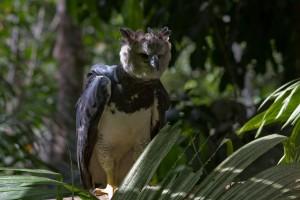
But when it comes to birds of prey, truly the biggest air hunters are the eagles. They prefer fresh meat, and for that they use their amazing strength and flying ability. Harpy eagle is probably the heaviest of eagles, reaching and even exceeding 9 kilograms 20)”Eagles” by Rebecca L. Grambo, book published by Voyageur Press in 2003. The longest is Filipino eagle, reaching 1.1 meters. That’s to give you just two examples, because there are many comparable eagles.
Birds with the largest wingspan
I just talked about eagles and their impressive wings. Condors are almost similar with outstretched wings. Yet, there is something better.
Remember birds flying above the sea like they belong there? There are several birds gliding with their dream wings, but none as impressive as the wandering albatross (Diomedea exulans). The largest albatross wings span are up to 3.5 meters (11.5 feet) 21)”Animal Records” by Mark Carwardine, book published by Sterling in 2008. Having such wingspan doesn’t require the wings to be waved up and down. It can float for hours without moving them.
Wandering albatross could have been a scary bird of prey. But it’s lazy. It is satisfied with floating scraps and minnows, possibly thrown by sailors. When it finds enough food, it gorges like it’s the last meal its gets, so it no longer can fly. It can only float until it relieves itself, then it’s back to the skies.
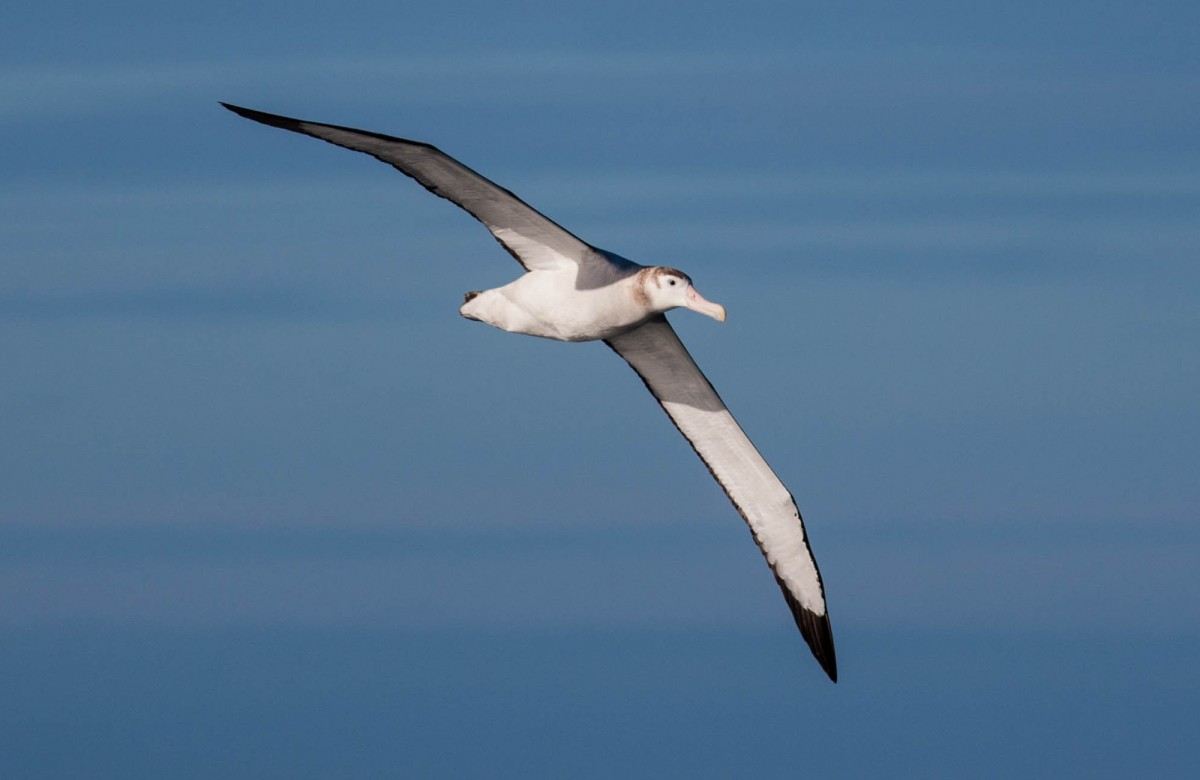
As much as you admire albatrosses and their impressive wings, there is a competing bird (judging by its wingspan) – however, due to its rather hideous appearance, it’s not admired quite as much. It’s the marabou stork (Leptoptilos crumenifer). I know the stork is said to bring babies, but it is not this one. The most the Marabou stork can bring is nightmares. It is nicknamed the “undertaker bird”, because of its appearance and because it’s always looking for corpses. It sounds more like an eagle trapped in a stork’s body.
Marabou stork has large wings. The maximum span is a disputed topic. Some sources say the wings are up to 4 or 4.2 meters, but their accuracy is debatable 22)”The Dirty Old Man Birds: In defense of the Marabou and Adjutant Storks” by Benjamin Joel Wilkinson, book published by Abominationalist Productions in 2014. The largest plausible specimen had a 3.7 meter wingspan, which means that it could receive the title for the largest wings of all currently existing birds. But not all experts are willing to believe that, for the largest measured specimen has undoubtedly a 3.19 meter wingspan 23)”Vultures: Their Evolution, Ecology and Conservation” by Michael O’Neal Campbell, book published by CRC Press in 2015 – great wings, but considerably smaller than other claimed measurements and smaller than the wings of the biggest albatrosses. Let’s say the race for the title stays open.
If you think such birds have enormous wings, you should know that they would look like chickens compared to some extinct birds. Pelagornis sandersi, ancestors to eagles, reached a wingspan of 7.3 meters! (And these were not even the biggest wings of all time. Quetzalcoatlus northropi, which was a pterosaurs, meaning a flying reptile, spread its wings up to 12 meters!)
The tallest birds, judging by the length of their feet
Of course you immediately thought of storks – no wonder! Even the one that I just talked to you about – marabou stork (Leptoptilos crumenifer) – is among the tallest. It can rise up to 1.2-1.5 meters 24)”The Dirty Old Man Birds: In defense of the Marabou and Adjutant Storks” by Benjamin Joel Wilkinson, book published by Abominationalist Productions in 2014. One disadvantage of its height is that it is hunchbacked.
African Jabir (Ephippiorhynchus senegalensis) is probably the tallest stork. It is between 1.35 and 1.5 meters tall 25)”Storks, Ibises and Spoonbills of the World” by James Hancock, James A. Kushlan and M. Philip Kahl, book published by Christopher Helm in 2010. Slim, long legs, and stylish beak, this is truly spectacular.
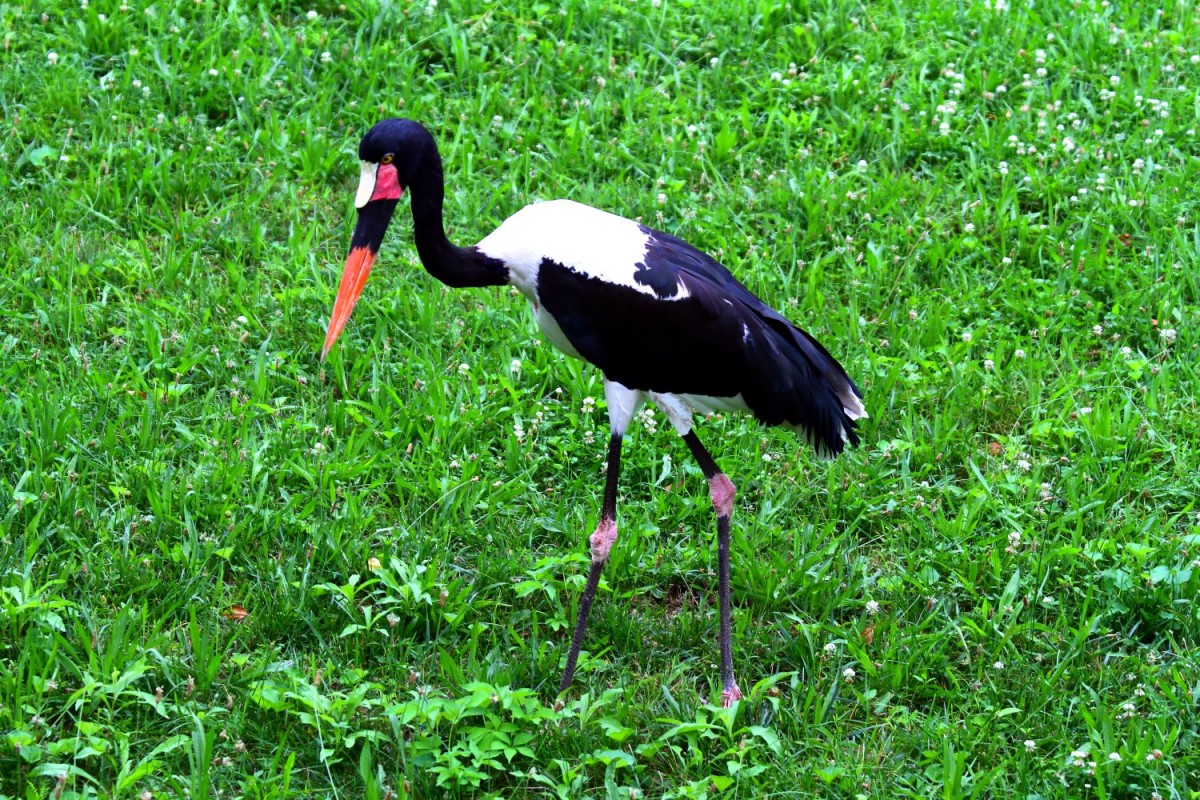
Another great and beautiful stork is neotropical jabir (Jabiru mycteria), which lives in the south of North America and in South America to Argentina. It is between 1.2 and 1.5 meters tall 26)”Storks, Ibises and Spoonbills of the World” by James Hancock, James A. Kushlan and M. Philip Kahl, book published by Christopher Helm in 2010. It has a big black, slightly curved beak. The red base of its neck swells when the bird does the mating ritual, gets angry, or feels threatened.
Let’s not forget about birds very similar to storks! A pink flamingo (Phoenicopterus roseus) can compete with these storks. It can reach a height of 1.5 meters. It has about 3.5 kilograms. And its wingspan can reach up to 1.65 meters.
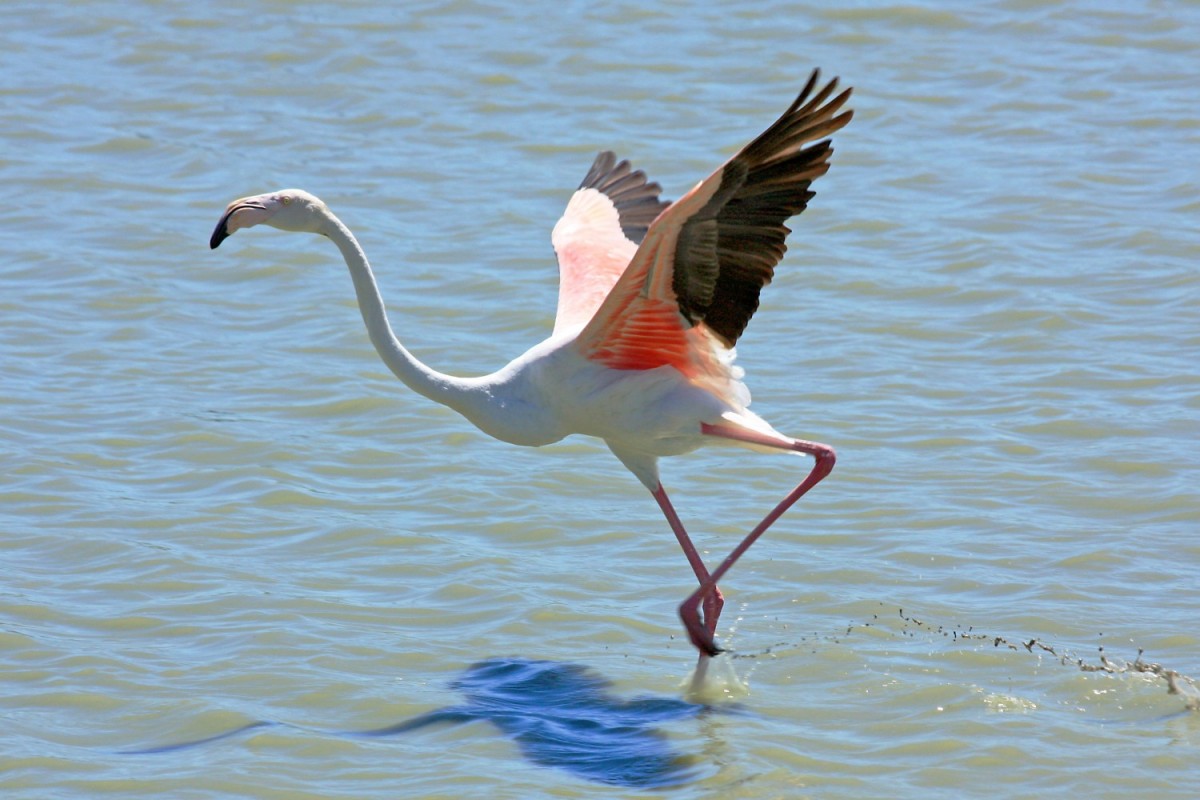
But the tallest of them all is sarus crane (Grus antigone). It’s the tallest flying bird. The average is 1.56 meters 27)”Sarus Cranes” in Beauty of Birds.
The longest flying birds
Which one do you think it is? Try guessing! OK, I will tell you: green peacock (Pavo muticus). The length of a male, including its feathers, is 2.44 meters, while the length of a female is only 1.1 meters 28)”Green peafowl (Pavo muticus)” in Wildscreen Arkive. (It seems that if you flaunt to much, you stay that way.)
To put it honestly, two thirds of its length is due to the extremely long feathers. Because no other bird has feathers like a peacock!
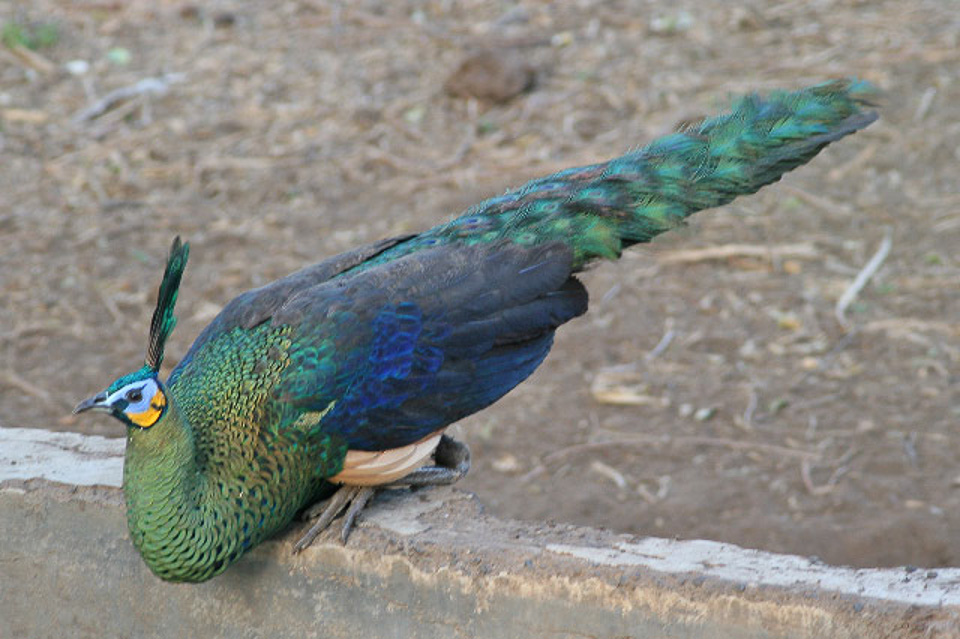
Did you know that green peacocks are not always green? Due to genetic abnormalities, peacocks can be white. But that does not make them less spectacular!
The largest pigeon
Do you like feeding pigeons? There’s something fascinating, to many people, to stand around them. But can you imagine a pigeon as tall as a chair coming for you?!
You must have gotten goosebumps, but there is nothing to worry about. You would really like it, it’s a nice bird.
Victoria crowned pigeon (Goura victoria), reaches lengths of about 74 centimeters 29)”Pigeons and Doves: A Guide to the Pigeons and Doves of the World” by David Gibbs, book published by Christopher Helm in 2010. The largest known specimen even reached 85 centimeters!
It’s a land bird with a crest that looks like a fan. Someone must have told it that it’s as beautiful as a peacock and it bloated with pride.
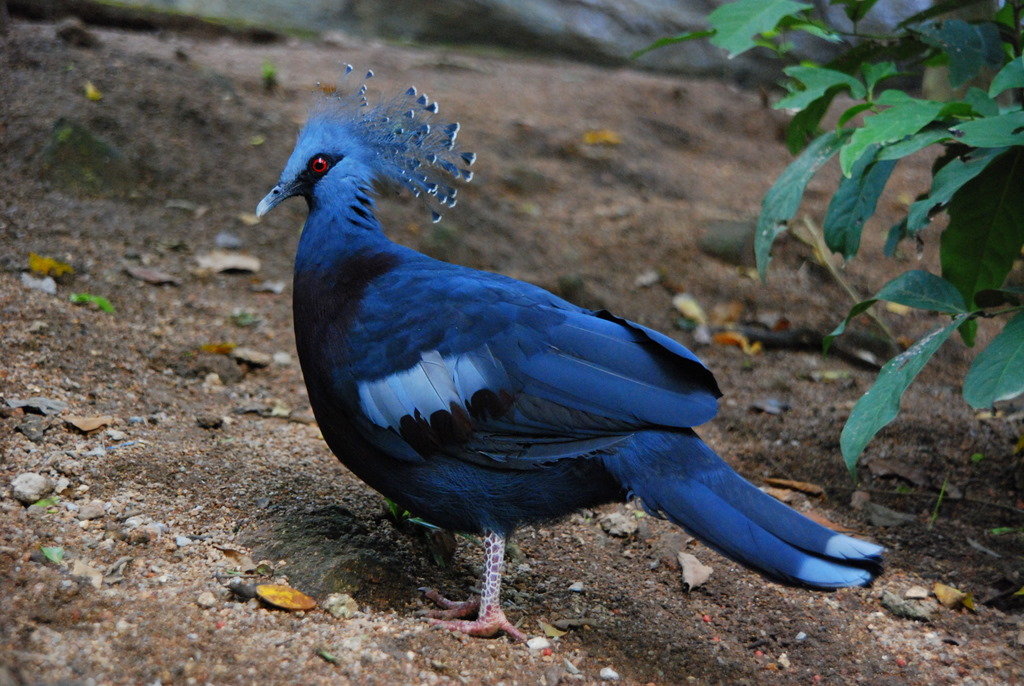
The largest penguin
Usually we don’t think of penguins as birds. But they are. And some of them make a real good bird impression.
Emperor penguin (Aptenodytes forsteri) is the largest and heaviest penguin species. Has 122 centimeters (48 inches) and its weight varies between 22 and 45 kilograms.
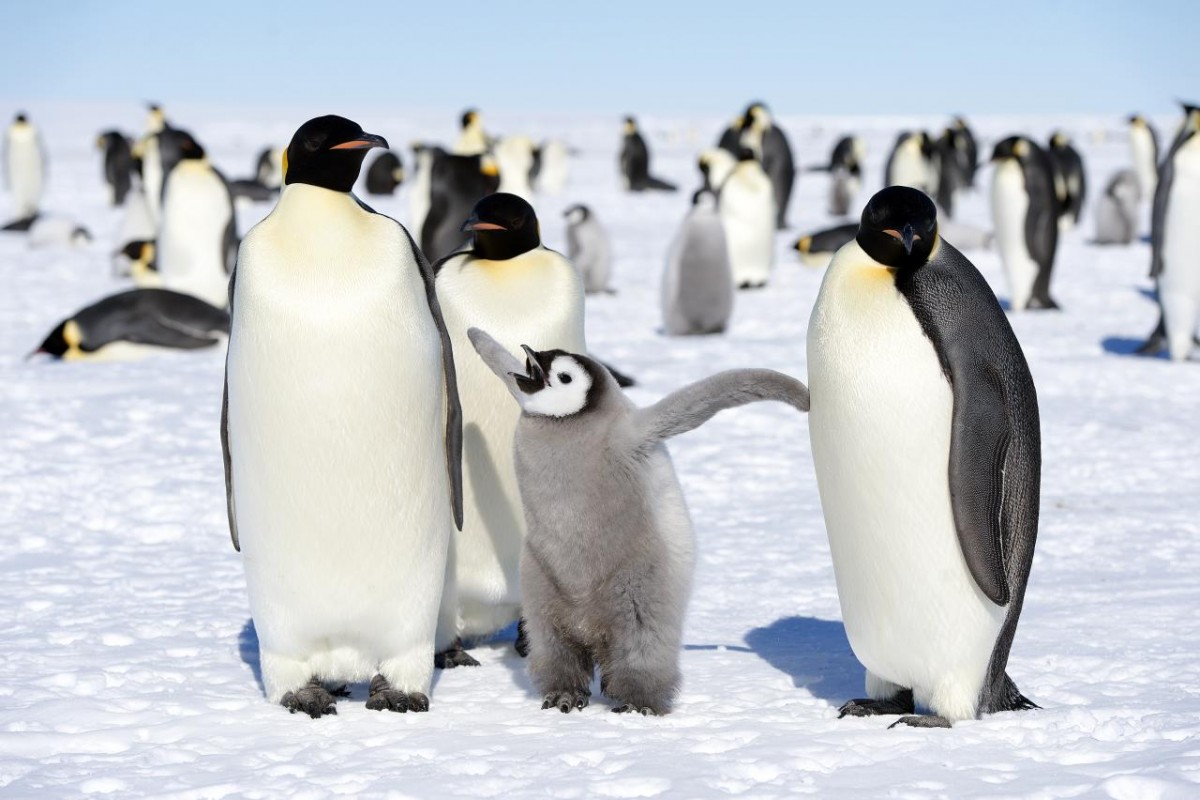
Penguins do not fly. Or do they?! BBC made a documentary about the incredible penguin’s flight:
So, the penguins do fly. But only on April 1st.
Instead, they are amazing divers. If you want to put it this way, penguins fly underwater. Many birds get into water to catch fish, but not like penguins do – especially the emperors, which can go 535 meters below sea level!
The fastest birds
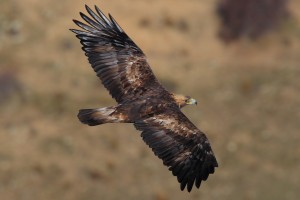
If we are talking about common, horizontal flight, then the golden eagle is the fastest bird in flight. You wouldn’t believe: it can even reach up to 128 km/h 30)”Aquila chrysaetos” in Animal Diversity Web! Combining strength and speed, it is truly fearsome.
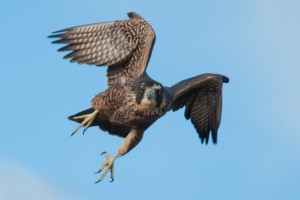
Some birds of prey use the pecking technique. They go high up, then soar like lightning to their victim. The golden eagle does an excellent job, but the great master is the peregrine falcon. It is proven that he can dive at speeds of 389 km/h 31)”Falling with the Falcon” by Tom Harpole, article published in Air & Space Magazine in March 2005! When you travel over 100 meters in one second, the victim doesn’t realize what is happening to it. Not only is the peregrine falcon the fastest bird, but it is also the fastest existing being.
The largest night birds of prey
I do not think there exist birds more mysterious than the night birds. They are so well camouflaged that you can hardly associate their sounds with their tree- and leave-colored bodies.
When we think of night birds, the first that come to our minds are owls. And some of them have impressive sizes. Basically, of the same size is the Blakiston’s fish owl and Eurasian eagle-owl. Females reach up to 4.5 kg and they can open their wings almost 2 meters 32)”Owls of the World” by Claus König), Friedhelm Weick and Jan-Hendrik Becking, book published by Yale University Press in 200933)”Birds of East Asia: China, Taiwan, Korea, Japan, and Russia” by Mark Brazil, book published by Princeton University Press in 200934)”Eurasian eagle-owl (Bubo bubo)” in Wildscreen Arkive.
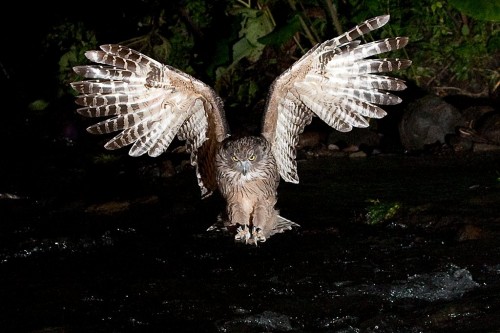

Great patoo (Nyctibius grandis) reaches 60 centimeters (two feet) and weighs 680 grams (1.5 pounds). The sounds it makes are unsettling and unusual. You wouldn’t like to walk through a forest at night where you can find such a bird! It is harmless in relation to people, but it’s… weird.
Another night bird that can grow big is the tawny frogmouth (Podargus strigoides). If you go to Australia, you have more than enough chances of finding it if you walk in the wilderness at night. It is a common species there. It has between 34 and 53 centimeters, and the bulky copies reach 680 grams 35)”Tawny Frogmouth (Podargus strigoides)” in Handbook of the Birds of the World – Alive.
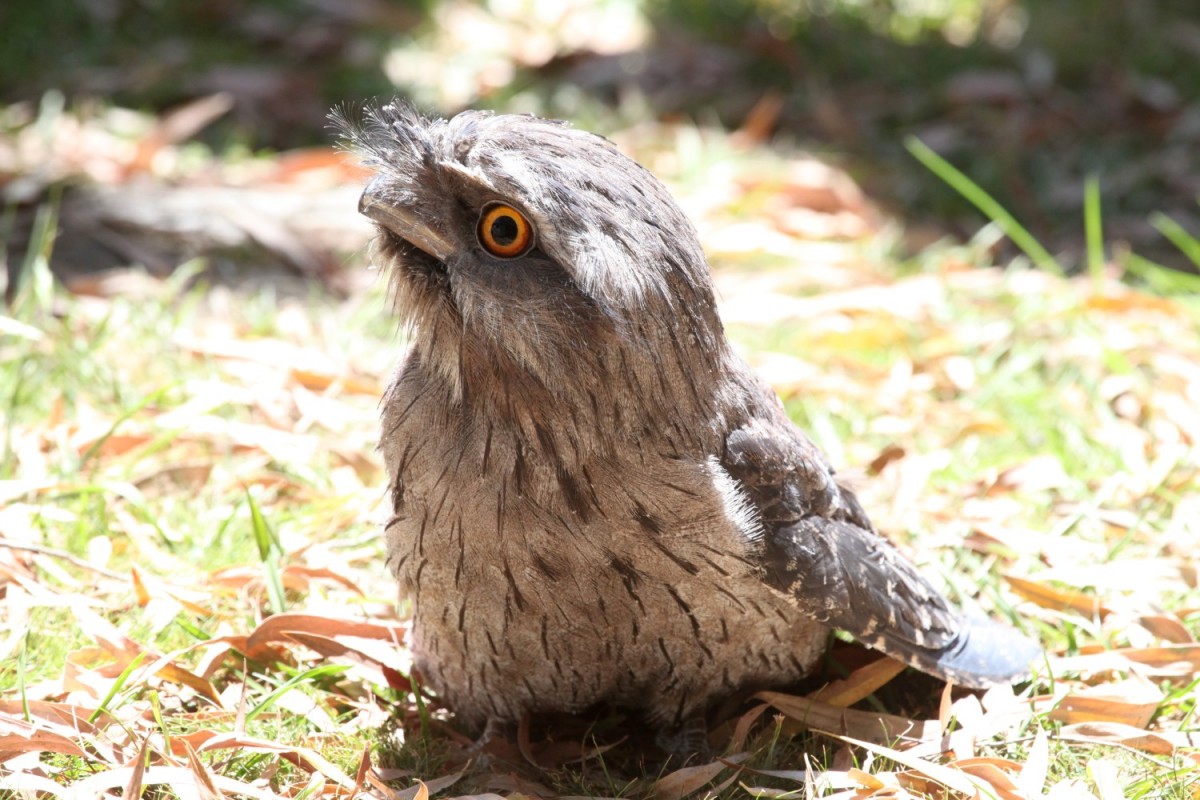
Another owl that is almost as big is the papuan frogmouth (Podargus papuensis). This bird really does look like a frog in a tree. But a big one, because it reaches a length of 48 centimeters. You can find it in Papua New Guinea and Australia, if you want to meet it (though I don’t think that is necessarily).
The largest beak
You know that pelicans have large beaks. But above all, the Australian pelican (Pelecanus conspicillatus) has the largest beak. Not just of pelicans, but of all existing birds 36)”Animal Records” by Mark Carwardine, book published by Sterling in 2008!
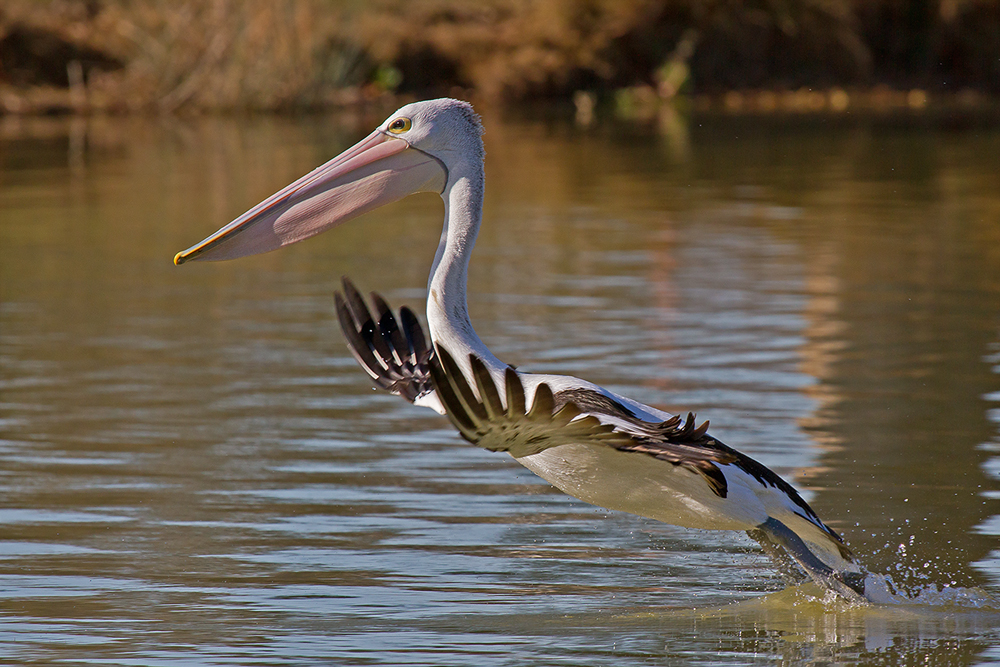
The largest measured beak of such pelican was 50 centimeters. Some crakows would be just right for it.
The largest parrots
Have you ever played with a parakeet? It’s small and cute. Of course, there are bigger parrots. But how big?
The largest flying parrot in the world is… huge. It’s called hyacinth macaw (Anodorhynchus hyacinthinus) and can be up to 1 meter. If it opens its great wings, you start to think you’re in a surreal scenario. You can find it in Paraguay, Brazil, and Bolivia.

The heaviest parrot is also the most bizarre one. In Maori it is called kakapo, i.e. night parrot (Strigops habroptila). So it’s hard to be seen. Unfortunately, soon no one will see it, because it’s almost extinct. Let’s say, however, that some specimens have reached 4 kilograms.
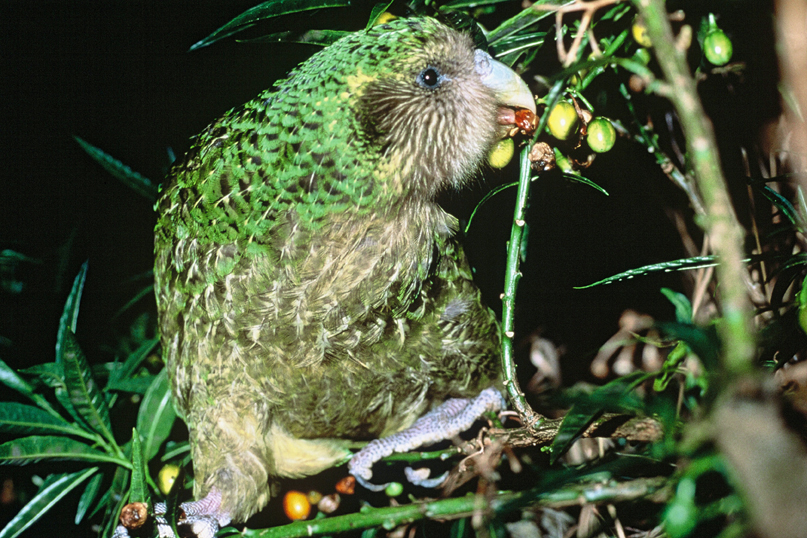
The largest small birds
Hummingbirds are the smallest birds in the world. But they also have their own “giants”.
The biggest is the Patagona gigas, called huge hummingbird. It reaches about 23 centimeters. It’s not an eagle, but besides other humming birds, which have an average length between 7 and 9 centimeters, it’s really big. It is, however, light: 18-20 grams. It lives at altitudes between 2000 and 4300 meters in the Andes Mountains of South America 37)”Giant Hummingbirds” in Beauty of Birds.
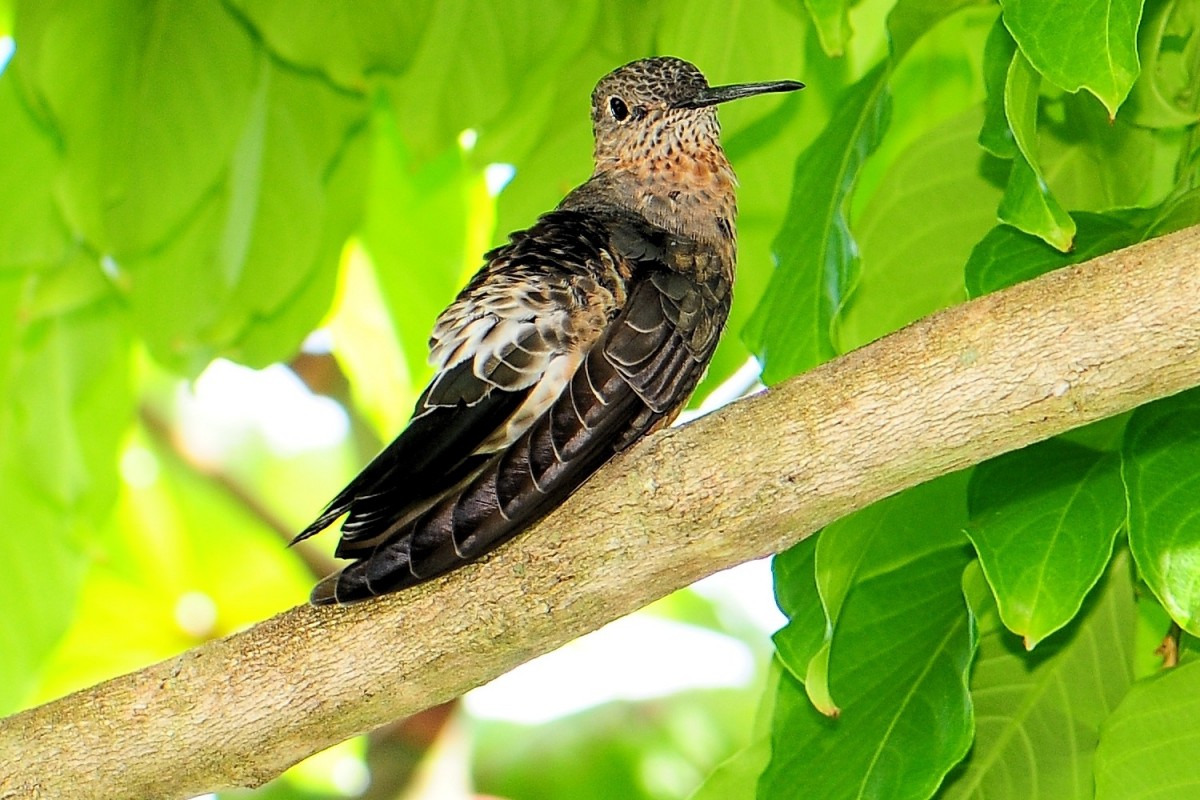
It competes with the black-tailed trainbearer (Lesbia victoriae). It reaches 25 centimeters, making it the longest hummingbirds. But it does not play fair. Most of its length is a few tail feathers. I mean the “train”.
Another “long one” is the sword-billed hummingbird (Ensifera ensifera), which reaches 21 centimeters. But its record is different: it has the longest beak compared to the body – of all birds.
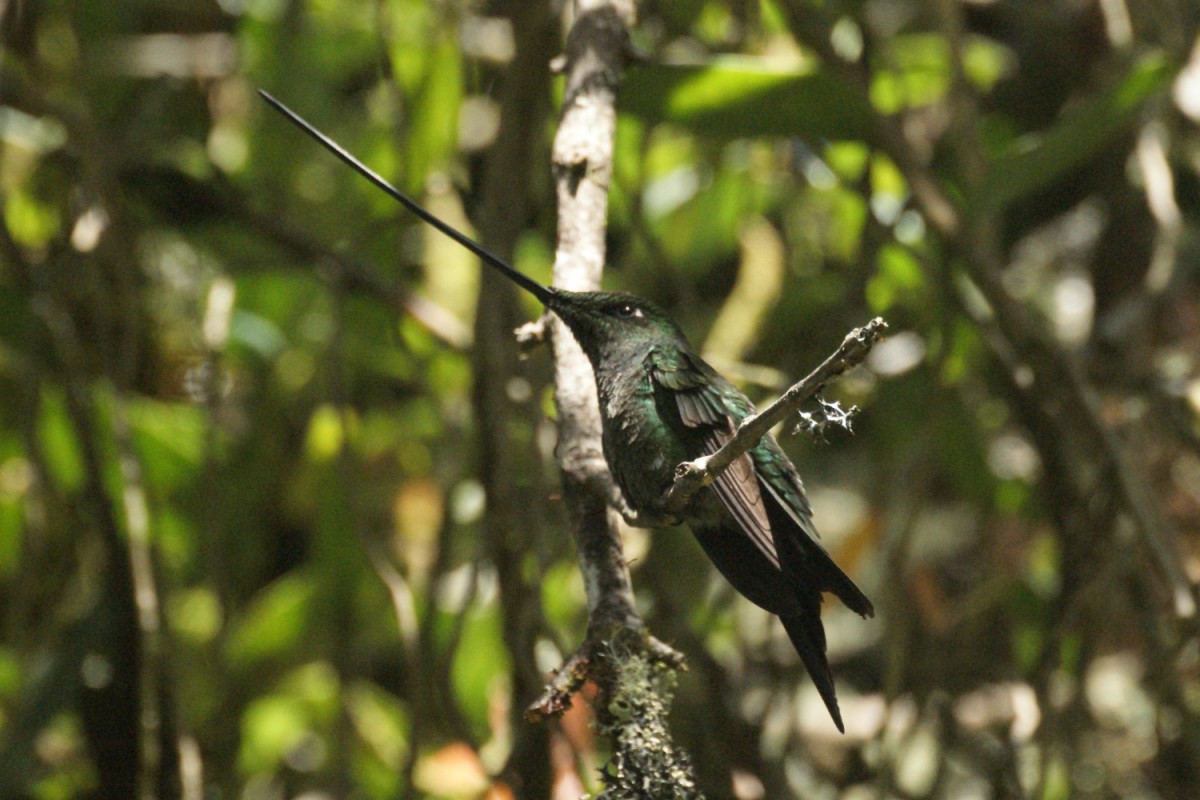
These are the most spectacular birds in the world. No fairytale characters, not dreamed up by someone. They are real. Sometimes reality can be more beautiful than fantasies, isn’t it?
A sum up of the largest and strongest birds of prey, and not only! (with excellent pictures)
A spectacular and documented presentation of all the extinct giant birds, with pictures of each type of them
A well-illustrated presentation of the most amazing pterosaurs, and not only (the surprises are at the end!)
References
| ↑1, ↑3 | ”Modern Livestock and Poultry Production” by James Gillespie and Frank Flanders, book published by Delmar Cengage Learning in 2009 |
|---|---|
| ↑2, ↑5, ↑21, ↑36 | ”Animal Records” by Mark Carwardine, book published by Sterling in 2008 |
| ↑4 | ”Anatomical study of the brain of the African ostrich” – study conducted by Kemei Peng, Yueping Feng, Gaoying Zhang, Huazhen Liu, Hui Song in 2008 |
| ↑6 | ”How ostriches run faster than us” by Victoria Gill, article published by BBB News on October 28, 2010 |
| ↑7 | ”Molecular Biology of the Cell” by Bruce Alberts, Alexander Johnson, Julian Lewis, Martin Raff, Keith Roberts and Peter Walter, book published by Garland Science in 2002 |
| ↑8 | ”Biology of Birds” by D.R. Khanna and P.R. Yadav, book published by Discovery Publishing House in 2005 |
| ↑9, ↑10 | ”1001 Questions Answered About Birds” by Allan D. Cruickshank & Helen G. Cruickshank, book published by Dover Publications in 1976 |
| ↑11 | ”Ostrich Farms – A Must-see on the Garden Route” by Elisabeth Lyng Nielsen, article published in Cape Chameleon on June 5, 2013 |
| ↑12 | ”Production and Processing of Healthy Meat, Poultry and Fish Products (Advances in Meat Research)” by A.M. Pearson and T.R. Dutson, book published by Springer in 1997 |
| ↑13 | ”Ostrich” by Edgar Williams, book published by Reaktion Books in 2013 |
| ↑14 | ”Animal Records” by Mark Carwardine, book published by Sterling în 2008 |
| ↑15 | ”The Lung-Air Sac System of Birds: Development, Structure, and Function” by John Maina, book published by Springer in 2010 |
| ↑16 | ”Zoo and Wild Animal Medicine – Current Therapy: 6” by Murray E. Fowler and R. Eric Miller, book published by Saunders in 2007 |
| ↑17, ↑19, ↑23 | ”Vultures: Their Evolution, Ecology and Conservation” by Michael O’Neal Campbell, book published by CRC Press in 2015 |
| ↑18 | ”Raptors of the World” by James Ferguson-Lees and David A. Christie, book published by Princeton University Press în 2006 |
| ↑20 | ”Eagles” by Rebecca L. Grambo, book published by Voyageur Press in 2003 |
| ↑22, ↑24 | ”The Dirty Old Man Birds: In defense of the Marabou and Adjutant Storks” by Benjamin Joel Wilkinson, book published by Abominationalist Productions in 2014 |
| ↑25, ↑26 | ”Storks, Ibises and Spoonbills of the World” by James Hancock, James A. Kushlan and M. Philip Kahl, book published by Christopher Helm in 2010 |
| ↑27 | ”Sarus Cranes” in Beauty of Birds |
| ↑28 | ”Green peafowl (Pavo muticus)” in Wildscreen Arkive |
| ↑29 | ”Pigeons and Doves: A Guide to the Pigeons and Doves of the World” by David Gibbs, book published by Christopher Helm in 2010 |
| ↑30 | ”Aquila chrysaetos” in Animal Diversity Web |
| ↑31 | ”Falling with the Falcon” by Tom Harpole, article published in Air & Space Magazine in March 2005 |
| ↑32 | ”Owls of the World” by Claus König), Friedhelm Weick and Jan-Hendrik Becking, book published by Yale University Press in 2009 |
| ↑33 | ”Birds of East Asia: China, Taiwan, Korea, Japan, and Russia” by Mark Brazil, book published by Princeton University Press in 2009 |
| ↑34 | ”Eurasian eagle-owl (Bubo bubo)” in Wildscreen Arkive |
| ↑35 | ”Tawny Frogmouth (Podargus strigoides)” in Handbook of the Birds of the World – Alive |
| ↑37 | ”Giant Hummingbirds” in Beauty of Birds |
Did you like it? Now it’s your turn. You’ll make us very happy if you share this article with your friends:
And don’t forget to let us know what you think – we are really interested in your thoughts on this!



